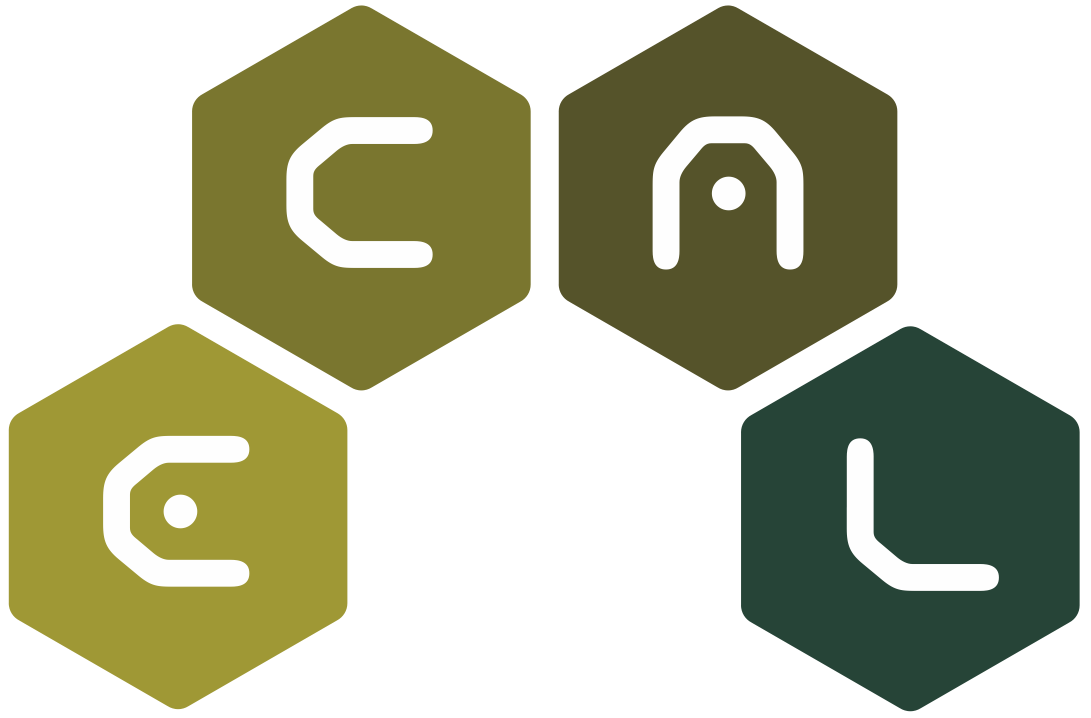Title
Musculo-Skeletal Models as Tools to Quantify Embodiment

Musculo-Skeletal Models as Tools to Quantify Embodiment
Download via this paper's page on the MIT Press ECAL 2015 Proceedings website.
Human and animal movement is absolutely fascinating and can hardly be mimicked by technical devices, so far. It has been proposed that part of the movement generation and control can be associated to the non-linear characteristics of the bio-mechanical structures and morphology. Terms like morphological computation (Paul, 2006) and intelligence by mechanics (Blickhan et al., 2007) capture this idea. Musculo-skeletal models allow to synthesize biological movements based on models representing the non-linear characteristics of muscles, tendons, ligaments, and other bio-mechanical structures. This approach allows for studying the contribution of these structures and, thus, their role in the control of human and animal movements.
In a recent study (Haeufle et al., 2014), we showed that the control effort of periodic hopping is reduced by the muscle contraction dynamics (32 Bits) as compared to DC-motor characteristics (660 Bits). To quantify control effort we proposed to measure the minimal information I_min required to control hopping. Similar to the quantification of relevant information introduced by Polani et al. (2006), we also limit the information transmitted to the actuator to identify the minimal information required for a given task. However, we focus on modifying the internal dynamics of the agent (muscle vs. DC-motor) and study the effect on Imin to ultimately study biological design, and, thus, embodiment. For a system generating hopping with coarse signal resolution and therefore little processed information, the control effort is low and the control is simple. New perspective
The musculo-skeletal models developed in our group represent the physiological and morphological structure of biological agents in a level of detail which is adequate for studying typical movements. It is possible to vary the physiological and morphological structures and properties and, hence, to study their role in movement control. We think that this approach opens up unique possibilities to quantify embodiment and even compare it to technical systems.
Our approach to control effort quantifies the minimal information I_min, which has to be processed to generate a specific movement with a specific controller. We hypothesize, that the differences in Imin found by varying and exchanging structures, e.g., actuators, give insights into the amount of embodiment. To further evaluate this idea, we would like to discuss our work in the context of other recently published approaches for the quantification of embodiment and morphological computation.